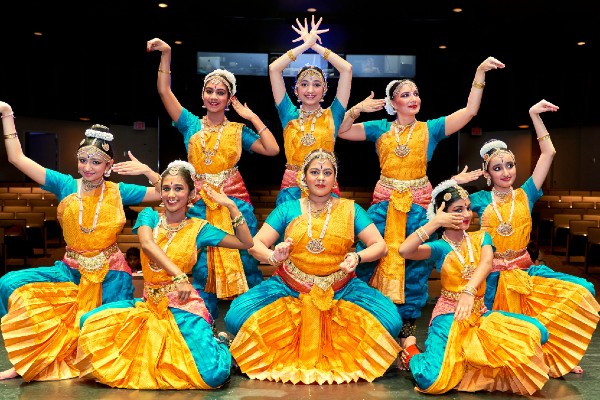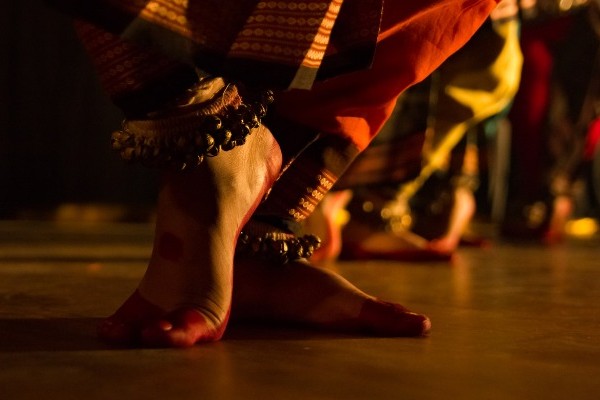
The history of Bharatanatyam is rich and complex, with roots in Hindu mythology. With a vibrant culture surrounding it even today, India has been home to the dance from its inception some 4000 years ago.
If you enjoy dancing for fun or are looking to explore your creative side while on vacation abroad then make sure that India makes it onto your list! From folk dances like Bhangra which incorporate singing as part of their routine movements, all the way through classical styles such as Odissi and Kathak – there’s something here for everyone who loves both music and movement alike
Bharatanatyam is more than just a traditional Indian dance. Each Bharatanatyam dancer has unique steps and far from being random, these steps have very significant meanings which are passed down through generations of artists to preserve the rich heritage of India’s classical arts for years to come!
It is said that Shiva, who was also known as the lord of dance, created Bharatanatyam.
Traditional Indian dress is the traditional outfit for dancers, and before a dancer can get down to business they need to find their perfect look. With options like saris or lengths people will be able to pick just what feels right in order match with their personality.
“Namaskaram” is an opening routine for Bharathanatyam dance that may be the most important part of a performance.
The phrase literally translates to “Auspicious Regards.” It’s used as both greeting and farewell, but in this context it marks the start of something special – and we don’t mean just because there will be lotus blossoms on stage soon! This kind gesture sets up a feeling or mood from which dancers can launch into their performances with grace. The namaskar doesn’t always happen at the very beginning; sometimes it introduces each act in concert programs too- so make sure you’re paying attention when they do come around!

As per the comment from the Geethalayam school of Bharatham in Chennai (https://geethalayam.com/), dancers are known for their ability to intricately communicate with Mother Earth. The dancer first “bangs” the earth, which symbolizes a deep respect and gratitude towards her body as well as honouring all that she has given us – especially water! It is also believed by some cultures that this act helps bring rain from the heavens
As she begins to move, the Bharathanatyam dancer uses gestures and facial expressions in order to tell her story. Mudras can represent anything from mundane objects like a house or animal such as an elephant, but they also have deeper meaning when it comes down to emotions like anger or sadness. The dancers’ eye movements help them give more detail about what is going on with their expression while captivating those watching into feeling each emotion themselves.
As he began moving through his dance routine, the Bharatanatyam Dancer used hand gestures and facial expressions so that audience members could feel every ounce of pain that this character was experiencing without ever needing words spoken aloud.
Bharatanatyam has a special place in every heart. In that sense, it’s one of the most popular Indian dances in India. The religious significance and challenging tradition mean Bharatanatyam holds an important place for many people around the world – whether they are mastering or enjoying this ancient dance form is up to them!





